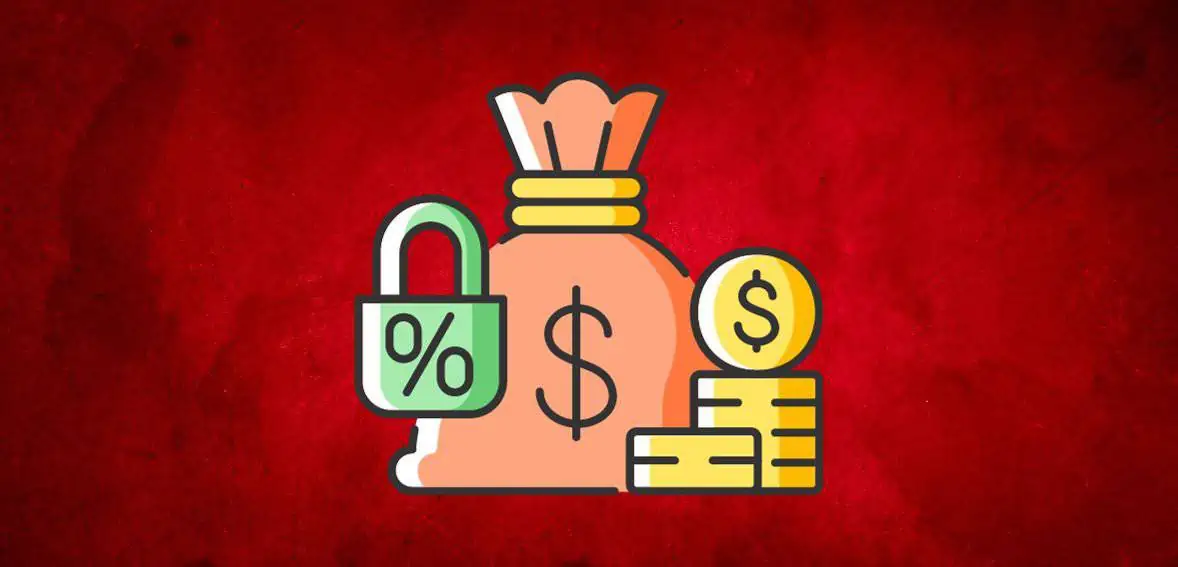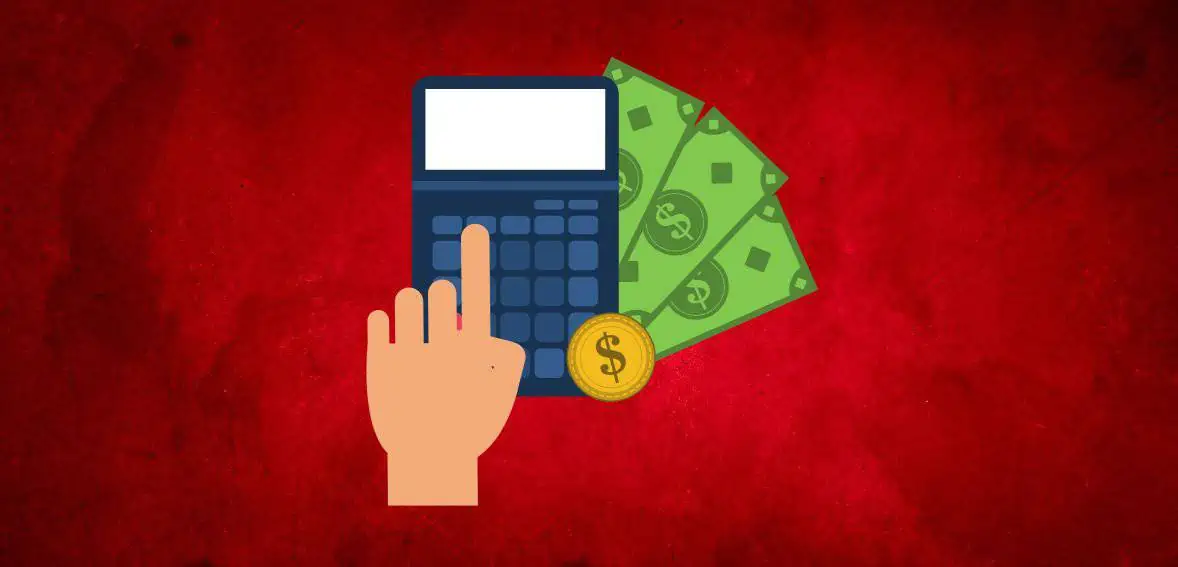Explore the potential earnings of a certificate of deposit or CD, a secure savings account that remains untouched for extended periods, often months or years. Like standard savings accounts, CDs offer a safety net as they are federally insured. Here's what you need to understand about CDs and how to make the most of our CD calculator.
Understanding the CD Calculator
A CD calculator is a useful tool that helps to quickly calculate the interest rate and interest income for a CD. The importance of this CD calculator lies in the fact that some CD providers may not provide information when promoting their products, which can make it challenging to understand the economic value they offer.
By using our CD calculator you can easily avoid this confusion. Accurately understand the benefits of a CD. Ultimately it allows you to compare investment options effectively enabling you to make informed decisions.
Determine Earnings and More With Our Free CD Calculator
Make use of our CD calculator to determine the interest earned on a certificate of deposit (CD). Simply enter the required details and the calculator will calculate your APY and final balance for you.
What are CDs (Certificates of Deposit)?

A certificate of deposit involves depositing funds for a set period and earning interest on them. These periods usually range from three months to five years. Choosing a longer term for your deposit will result in higher interest earnings. Larger initial deposits or longer investment periods typically lead to higher interest rates.
CDs are considered low-risk investments with lower returns than many other investment options.
While historically, CD interest rates have been higher than savings accounts and money markets, they are still lower than the returns from the stock market. There are different kinds of CDs with varying interest rates or rates tied to different indexes. Our calculator is capable of processing calculations for fixed-rate CDs. In the United States, the earnings from CDs are subject to taxation. It is considered income unless they are held in accounts that provide tax-deferred or tax-free advantages like an IRA or Roth IRA.
Key Considerations for Choosing CDs

Here are some essential factors to keep in mind when selecting a CD:
- Aim for a competitive and higher interest rate. Different banks offer different rates on their CDs. Therefore it is important to compare all of them before finalizing a CD.
- Try to avoid early withdrawal fees that are charged by many banks. Short-term CDs involve less waiting time for accessing your funds so you may avoid early withdrawal penalties. But longer-term certificates allow more time for interest to accumulate so you get better returns.
- Longer terms don't always equate to higher rates. In the current 2024 rate environment. The best one-year CDs have exhibited higher rates than three- or five-year CDs.
How to Use This CD Calculator?
To maximize the benefits of our CD calculator, begin by collecting three essential numbers:
- The sum you intend to deposit.
- The duration (in months or years) during which your money will remain in the CD.
- The APY you will earn.
Once you have these figures, enter them and click "Calculate." The calculator will display the accrued interest over the CD's term and the final value of your investment.
Let's put it into practice with an example – Suppose you plan to invest in a 12-month CD with a $4,500 deposit. You find a one-year CD offering a generous 2.50% interest rate, well above the national average reported by the FDIC. By using the calculator, you'll discover that at the end of the 12-month term, you'll have earned $112.5 in interest, resulting in a total of $4,612.5 in your account.
How to Use Our CD Calculator for CD Laddering?

Long-term CDs are a good investment strategy to earn more because they leverage the higher interest rates associated with longer CD terms while periodically returning your investment. It is also called CD laddering. In a CD ladder, you invest in CDs of varying lengths, such as a one-year CD, a two-year CD, and a three-year CD.
Once your deposits mature, you can reinvest the funds for the next term. Thus, you can always withdraw your funds within a year. However, the remaining amount is deposited and locked in long-term CDs. By doing this, you earn better rates.
Since each CD has its own APY and term, you'll need to utilize the calculator for each CD separately. Note down the total interest earned upon maturity and then sum them up.
Consider this CD ladder example:
- 3.75% APY for a 6-month CD.
- 4.80% APY for a 1-year CD.
- 4.90% APY for 18-month CD.
Upon the maturity of the 6-month CD, you can take both your principal and interest, reinvesting them into a new CD of 18 months. As the one-year CD matures, continue the strategy by purchasing another CD of 18 months to maintain the ladder's structure. Repeat this process accordingly.
This approach boosts the growth of your savings while enabling you to benefit from increasing interest rates.
Evaluating Output from the CD Calculator
A CD calculator facilitates the determination of your CD's interest earnings. The results present the overall interest earned and the concluding value of your CD account at the term's conclusion.
For a comprehensive breakdown of interest earnings over time, utilize the "Show Schedule" feature of the calculator. This function tracks your cumulative monthly interest and ongoing earnings. Remember that CDs accrue compound interest, implying interest on previously earned interest. With longer CD terms, there is more time for interest to compound, leading to substantial savings growth.
Our calculator is most suitable for standard CDs earning fixed interest on a single deposit. It is not intended for calculating interest earnings with an add-on CD, allowing monthly additions to the principal balance, or a bump-rate CD, permitting a rate increase during the term. Lastly, note that the calculator restricts the CD maturity term to 10 years.
Conclusion
The CD calculator is an invaluable tool for comprehending the potential benefits of a certificate of deposit. By providing accurate insights into interest rates and earnings, it helps you make informed decision-making and strategic financial planning. Make the most of this resource to maximize your savings and optimize your investment strategy for a secure financial future.
Frequently Asked Questions
A CD calculator is a tool that assists people in estimating the future value of a Certificate of Deposit (CD) investment. It considers elements like the starting deposit amount, the interest rate, and the duration to predict returns.
CD calculators usually need some basic information like the starting deposit, the interest rate of the CD, and how long it will be held ( in months or years). With this data, the calculator uses a formula for compound interest to figure out how much the CD will be worth when it reaches maturity.
A CD ladder comprises CDs with varied maturity dates and is designed to optimize returns. It serves as an effective method for a savings portfolio to generate both interest income and accessible cash. You can utilize this calculator to construct a CD ladder tailored to your requirements.
The formula for calculating the price of a certificate of deposit is A = P(1+r/n)(nt).
In general, most CDs offer daily or monthly interest payments. However, certain CDs may disburse interest on a quarterly or annual basis. The frequency of interest payments is determined by the terms associated with the specific CD.
CDs are considered one of the safest investment vehicles in the market. When appropriately structured, a CD is fully insured up to $250,000 for an individual account and up to $500,000 for a joint account by the Federal Deposit Insurance Corporation (FDIC).
The APY is the Annual Percentage Yield. It indicates the return you make on a CD considering compound interest, over a year. APR is the Annual Percentage Rate that shows the stated interest rate without considering compounding.
Yes. Our CD calculator uses the correct mathematical formula to calculate everything. Therefore it is accurate.
No. CD calculators do not factor in taxes on the interest earnings.
Get Started
Fill out the fields below and a Host Merchant Services representative will contact you. Your submitted information is private and secure.
